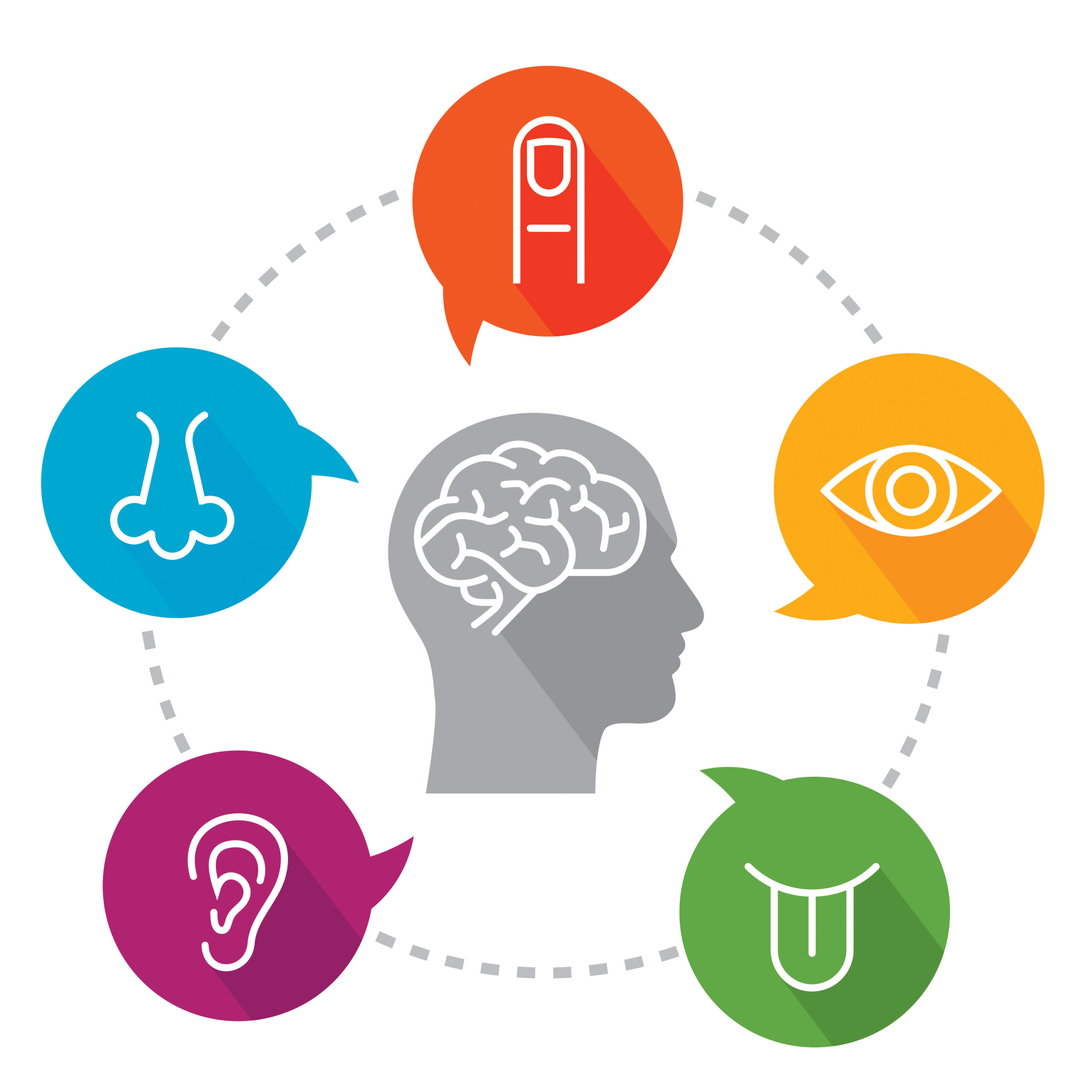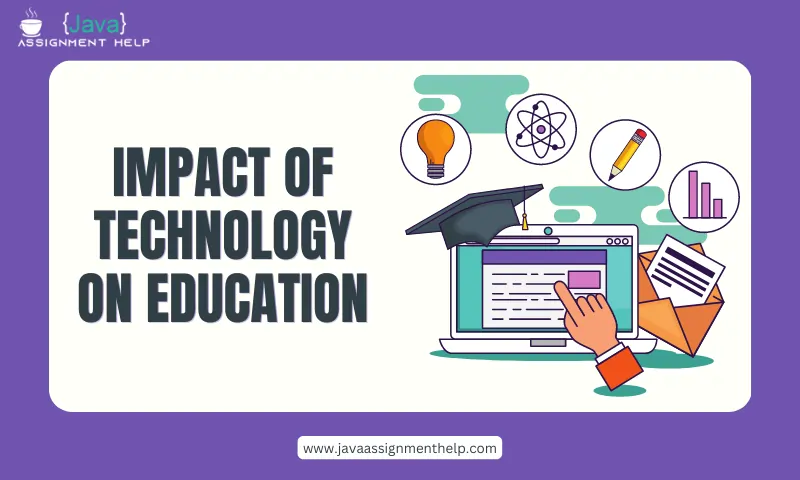Special education students often face challenges in the classroom that can make it difficult for them to learn and retain information. These challenges may include learning disabilities, attention deficits, and sensory processing disorders. Multi-sensory instruction is an approach that addresses these challenges by engaging multiple senses in the learning process.
Here are some benefits of multi-sensory instruction for special education students:
Increased engagement: Multi-sensory instruction can increase engagement by providing a variety of sensory experiences that appeal to different learning styles. By engaging multiple senses, students are more likely to be interested and invested in the learning process.
Improved retention: Research has shown that multi-sensory instruction can improve retention by creating stronger connections in the brain. By engaging multiple senses, students are more likely to remember information and concepts.
Enhanced academic achievement: Multi-sensory instruction can enhance academic achievement by providing a more comprehensive and effective learning experience. By engaging multiple senses, students are more likely to understand and apply concepts, leading to improved academic performance.
Support for diverse needs: Multi-sensory instruction can support the diverse needs of special education students by providing a flexible and adaptable learning approach. By engaging multiple senses, teachers can accommodate a range of learning styles and needs.
Improved self-confidence: Multi-sensory instruction can improve self-confidence by providing opportunities for success and reducing frustration. By engaging multiple senses, students are more likely to feel successful and capable in their learning.
Enhanced creativity: Multi-sensory instruction can enhance creativity by providing opportunities for students to explore and express themselves through multiple modalities. By engaging multiple senses, students are more likely to think creatively and develop innovative solutions.
Incorporating multi-sensory instruction into the classroom can support the needs of special education students and promote their success. Teachers can use a variety of techniques to engage multiple senses, including visual aids, hands-on activities, music, movement, and technology. By providing a rich and varied learning experience, teachers can help special education students to engage, retain, and apply knowledge and skills.




